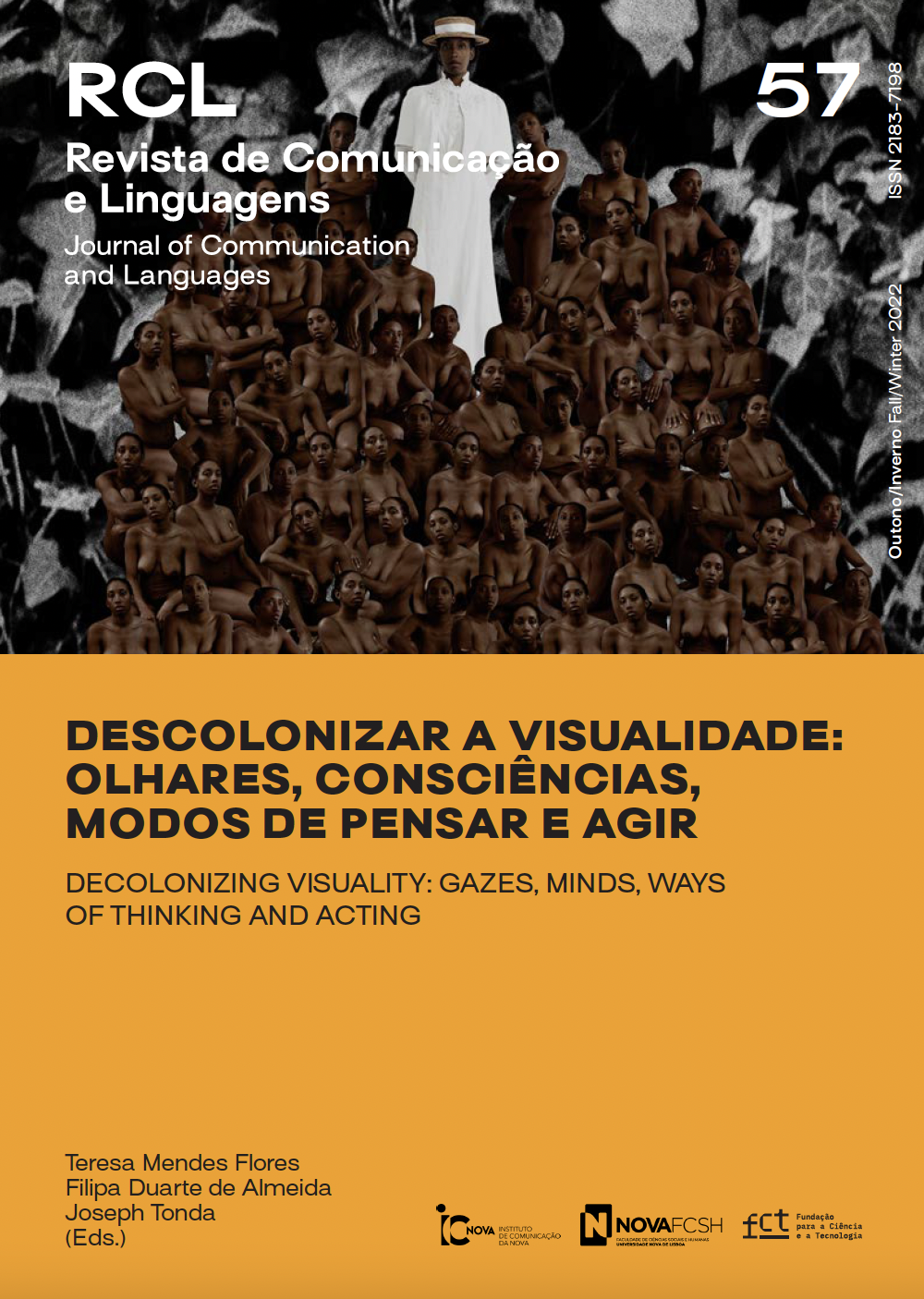Remote Sensing: Images of Light and Darkness and the Idea of Development
Abstract
This article intends to investigate the relationship be-tween light and darkness through an artistic practice that uses images of artificial light produced by the DMSP-OLS program (Defense Meteorological Satellite Program/Operational Line-Scan System). This program was created in the early 1970s with the aim of monitoring clouds, their temperature and movement. After having the first satellite in orbit, the scientists realised that the onboard sensor could detect artificial lighting in cities at night. These images are positioned within a set of analysis techniques called Remote Sensing which, as the name implies, is performed remotely. Despite providing much information, these images tend to privilege light over darkness since what is measurable in them is light. Darkness exists as emptiness and as space to be explored by light. But the darkness is not empty. It contains great resistance to capitalism, as shown by thinkers as diverse as the Yanomami shaman Davi Kopenawa and the economist and former constituent deputy from Ecuador, Alberto Acosta.
Copyright (c) 2022 Revista de Comunicação e Linguagens

This work is licensed under a Creative Commons Attribution-NonCommercial 4.0 International License.


